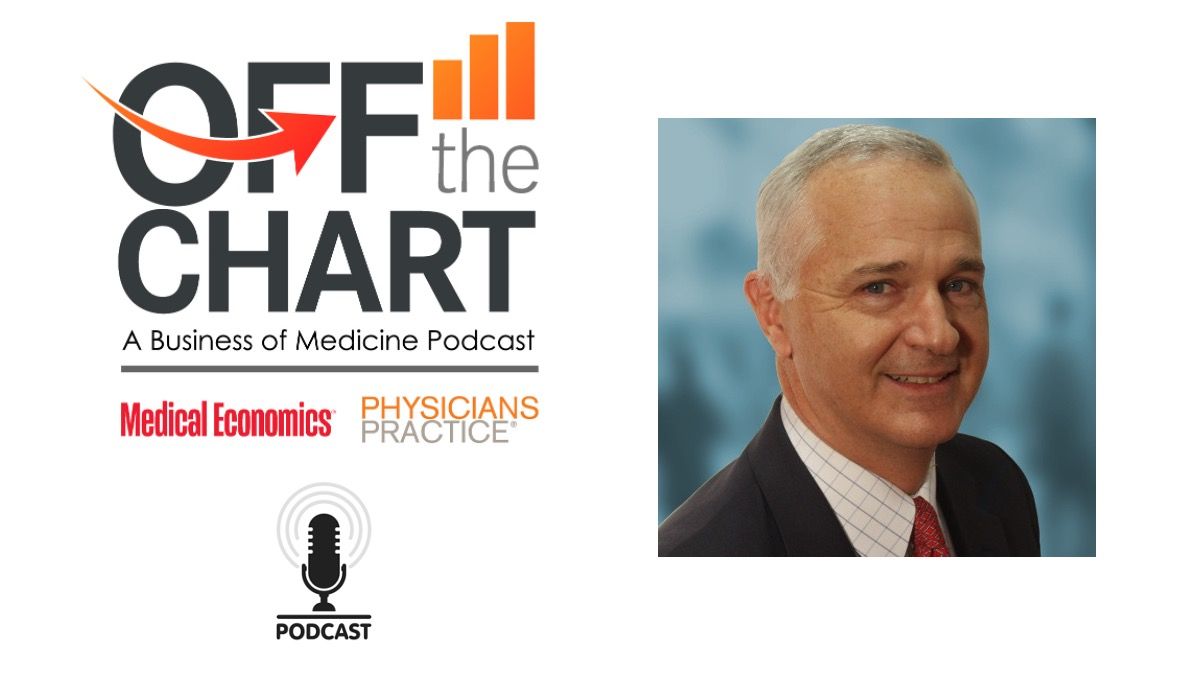Article
Connecting patients via technology to improve outcomes
The use of mobile health applications and other technologies have promise to connect patients to physicians, but there is more work to be done, said Maulik D. Majmudar, MD, at the 2016 AHA Conference.
Mobile health technologies and other rapidly evolving medical technologies are now making it possible for physicians to connect to their patients in ways that will improve the experience of care, improve population health, and reduce the cost of health care. In short, the increasing use of medical technologies will help achieve the “Triple Aim” of health care delivery.
“The idea of practicing episodic, reactionary, hospital-based care that is inaccessible for patients is probably not going to get us to the triple aim of healthcare,” said Maulik D. Majmudar, MD, clinical cardiologist and associate director of the Healthcare Transformation Lab at Massachusetts General Hospital in Boston. “To get to the Triple Aim and do it in a cost-effective way, we need to leverage technology like mobile applications and wearable devices to monitor people in their own environments; when they are not in front of their doctor or in the hospital, which is 99.9% of the time.”
In his presentation entitled “Future of Cardiovascular Practice: The Connected Patient,” delivered during the American Heart Association (AHA) Scientific Sessions in New Orleans, Majmudar talked about what the patient-provider interaction will look like in the future, particularly for patients who require management of chronic diseases.
At the core of this interaction, he said, will be a better, more connected relationship between providers and patients based on the use of medical technologies that provide constant engagement and feedback of a patient’s health.
Majmudar talked about technologies already in use, such as connected blood pressure cuffs and weight scales, and emphasized the need to leverage these technologies to help patients manage their chronic diseases better. This in turn, he said, will lead to reduced readmission rates and adverse events.
A main question that needs addressing, he said, is how to empower and engage patients in taking charge of their own healthcare and manage it in a way that also involves the physician.
One answer to that question is providing patients with information on which mobile health applications (apps) they should use. To do this, physicians also need to become familiar with the many apps now available.
Next: How to select the right apps
Selecting the right apps
In a second presentation at the meeting entitled “How do Clinicians and Patients Decide Which Apps to Use,” Majmudar spoke on the rapidly growing and evolving world of mobile health apps and ongoing questions about their clinical adoption and what physicians need to know in helping their patients choose and use these apps.
“Mobile health applications are a great complement to the physician in terms of helping patients self monitor their chronic diseases and track their health over time,” said Majmudar. “Physicians can use this information to better understand what is happening when patients are not in front of them, in between clinic visits.”
Majmudar emphasized that physicians will play a big role in getting their patients to adopt the use of mobile health apps, and also encouraged physicians to use apps relevant to their practice such as educational apps and apps that keep physicians up to date on the most current guidelines.
However, choosing which apps to use is not easy. “There is an insane number of apps now available,” Majmudar said, saying that the number of apps has jumped from 90,000 in 2014 to more than 200,000 in 2016. Even though a 2015 IMS Health report showed that of these many mobile apps, only 36 account for 50% of all health app downloads, Majmudar emphasized that most of these 36 apps are wellness apps and not clinically oriented.
“For the ones that are clinically oriented, it is impossible to determine their quality, safety and effectiveness,” he said.
The bulk of Majmudar’s talk was describing what he sees as the major gaps in the adoption of mobile health apps for clinical use. Along with the gap in the lack of evidence on the safety and effectiveness of these apps, another major gap he said is that physicians and consumers are used to getting information from other sources. Physicians are trained to rely on academic publications and peer-reviewed journals for credible sources for clinical decision making, and patients rely on consumer sources such as Yelp and Consumer Reports that offer some credibility. “There is no credible, unbiased resource for patients and/or providers to refer to for choosing and recommending mobile health applications,” he said.
To close these gaps, Majmudar emphasized the need for academia to work collaboratively with the healthcare industry to conduct studies that will provide the evidence base on these apps. “For us to drive consumer adoption of these apps to a level where it is really effective in getting patients engaged and empowered, and drive behavior change and better clinical outcomes, we need to build up that evidence base,” he said.





